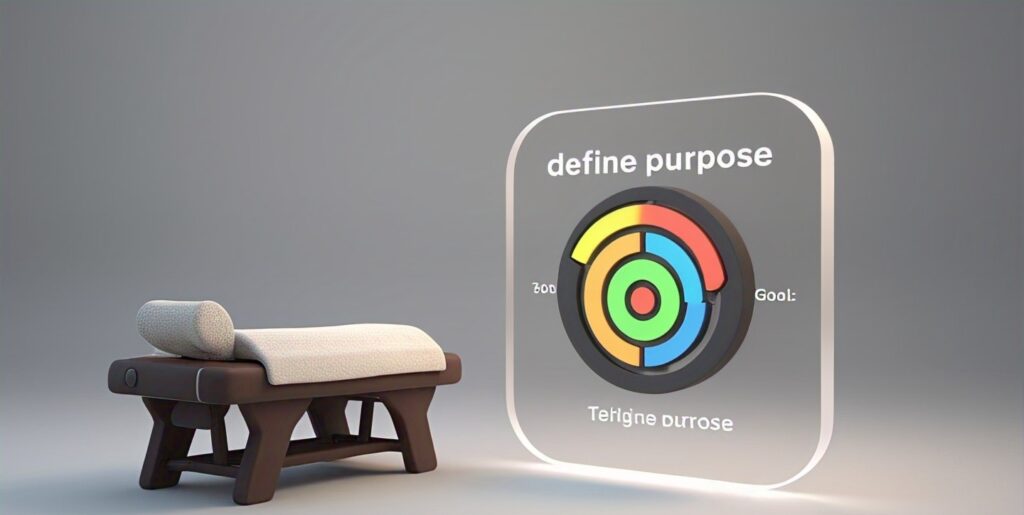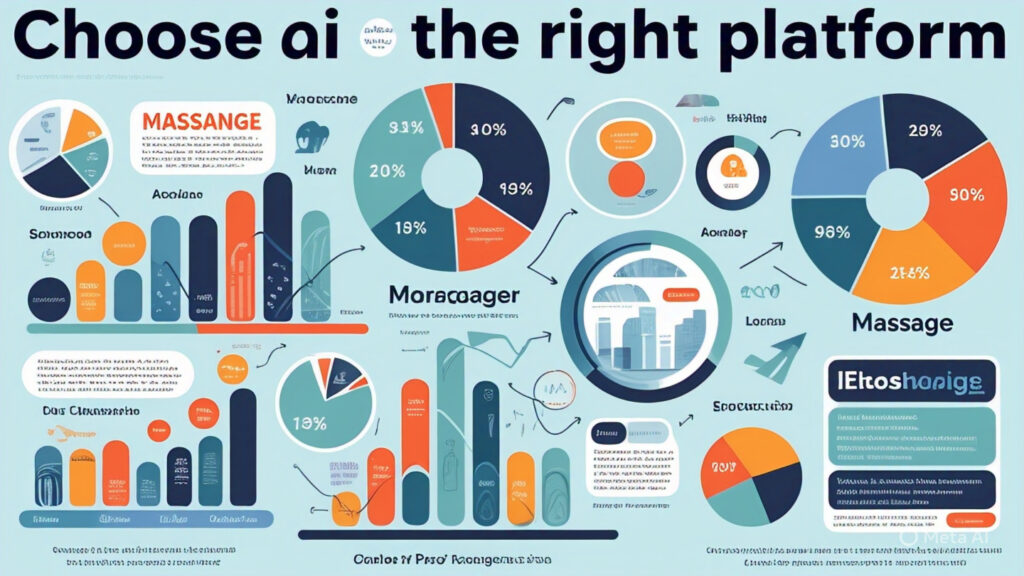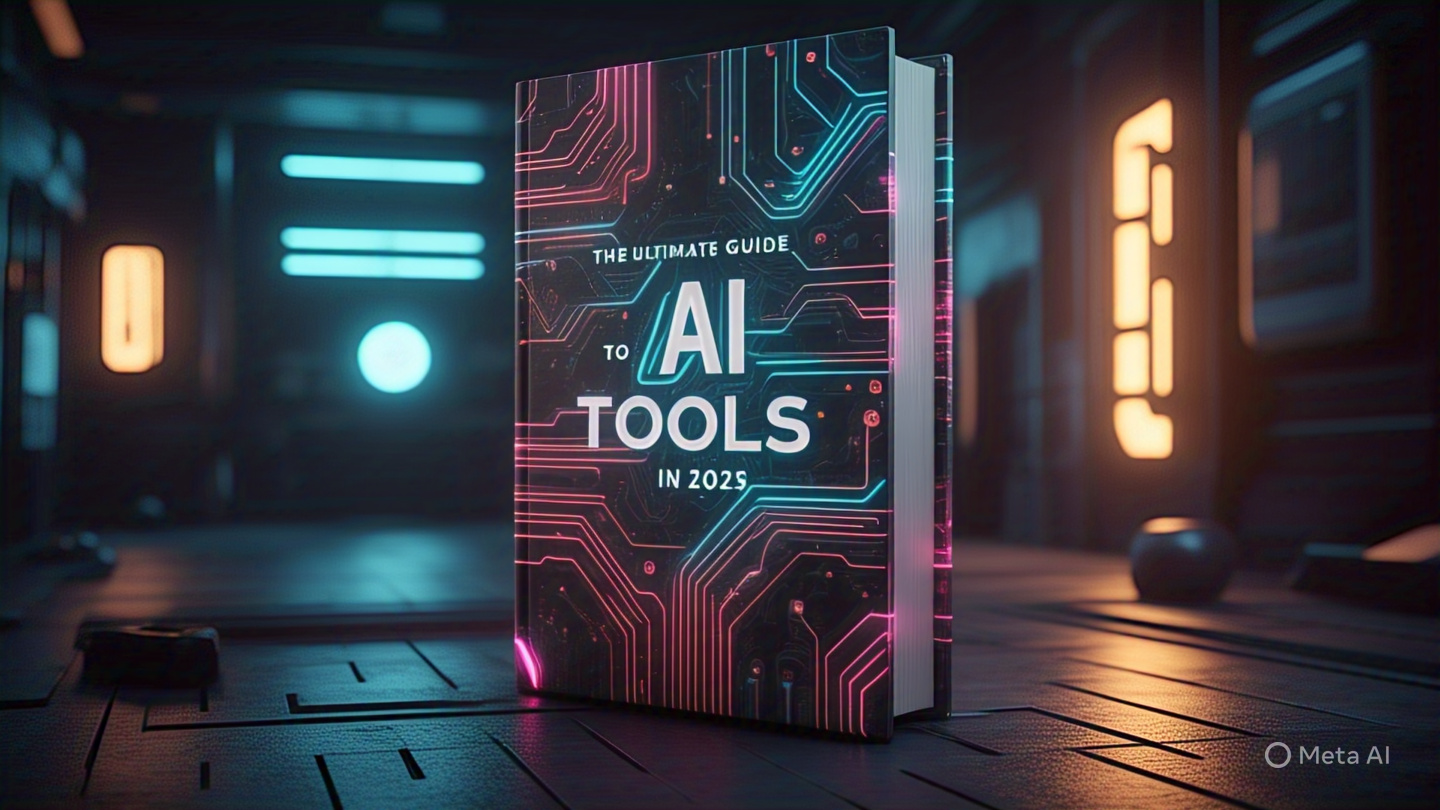Hey there. In the past few years, the new-age terminologies have flowed into our world: How do you really create an AI chatbot? Good news: it’s not as difficult as it sounds. Whether for your business, website, or just for fun, I am going to take you through the basics, step by step, without too much tech jargon.
[INSERT_ELEMENTOR id=”103″]
I made my first chatbot because I wished to create a little virtual assistant on my website who could answer FAQs during my absence. It was not perfect at first. Seeing it work was just amazing. Let us dive into the steps of creating yours.
Step-by-Step Guide to Building Your First AI Chatbot
Table of Contents
ToggleStep 1: Define the purpose

Ask yourself—what do you want your chatbot to do?
- Answer questions?
- Take orders?
- Recommend products?
Pick one clear goal to start with. You can always expand later.
Step 2: Choose the right platform

You have no necessity to code from scratch! Some tools are easy for beginners to use and here is the list:
- ChatGPT API (via OpenAI) – Perfect for light coding.
- Tidio, ManyChat, or Chatfuel – All have drag-and-drop interfaces for websites and social media.
- BotPress or Dialogflow – A bit more advanced but doable with tutorials.
Step 3: Plan the conversation flow
Think of how a real conversation would go. Use:
- Simple greetings
- Common questions and answers
- Options like buttons or quick replies
Start with 5–10 typical questions your users might ask.
Step 4: Train your bot
If your bot lives in the AI world (think ChatGPT), then you go on by feeding examples on how it will respond.
If your bot lives in the rule-based platform, you go on by building a decision tree with if this, then that logic.
Step 5: Test it
Try chatting with your bot as a real user would.
Correct confusing responses. Be casual and helpful.
Step 6: Embedding on your site or platform
All of them give you an embed snippet for your site. Just embed it into your website or link it to your social media pages.
Step 7: Continuous improvement
Actual humans will throw in questions that never dawned on you—that’s perfectly okay! This very fact keeps your chatbot from ever getting stale as it gets enriched over time.
Wrapping it Up
In any case, think of building a chatbot as nurturing a tiny digital helper to talk on behalf of you to your customers. It doesn’t matter much if it is not shiny and cuddly on day one; what matters is actually starting with it. You can build something surprisingly nifty (and fun!) with the right tools and intent.
It’s your turn now-
Have you tried using any chatbot tools? Or else, what ideas do you have for what your chatbot will be doing?
Drop a line in the comments; I’d love to hear about it.




